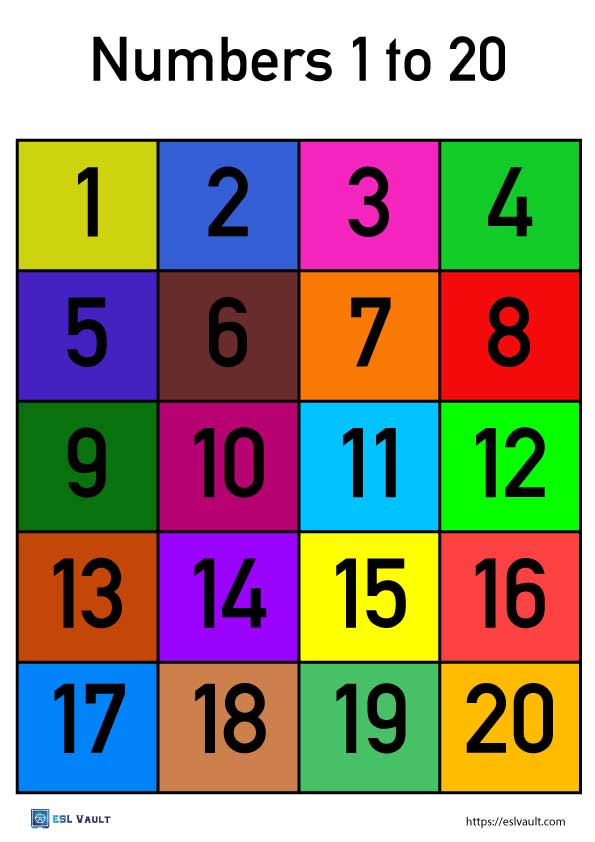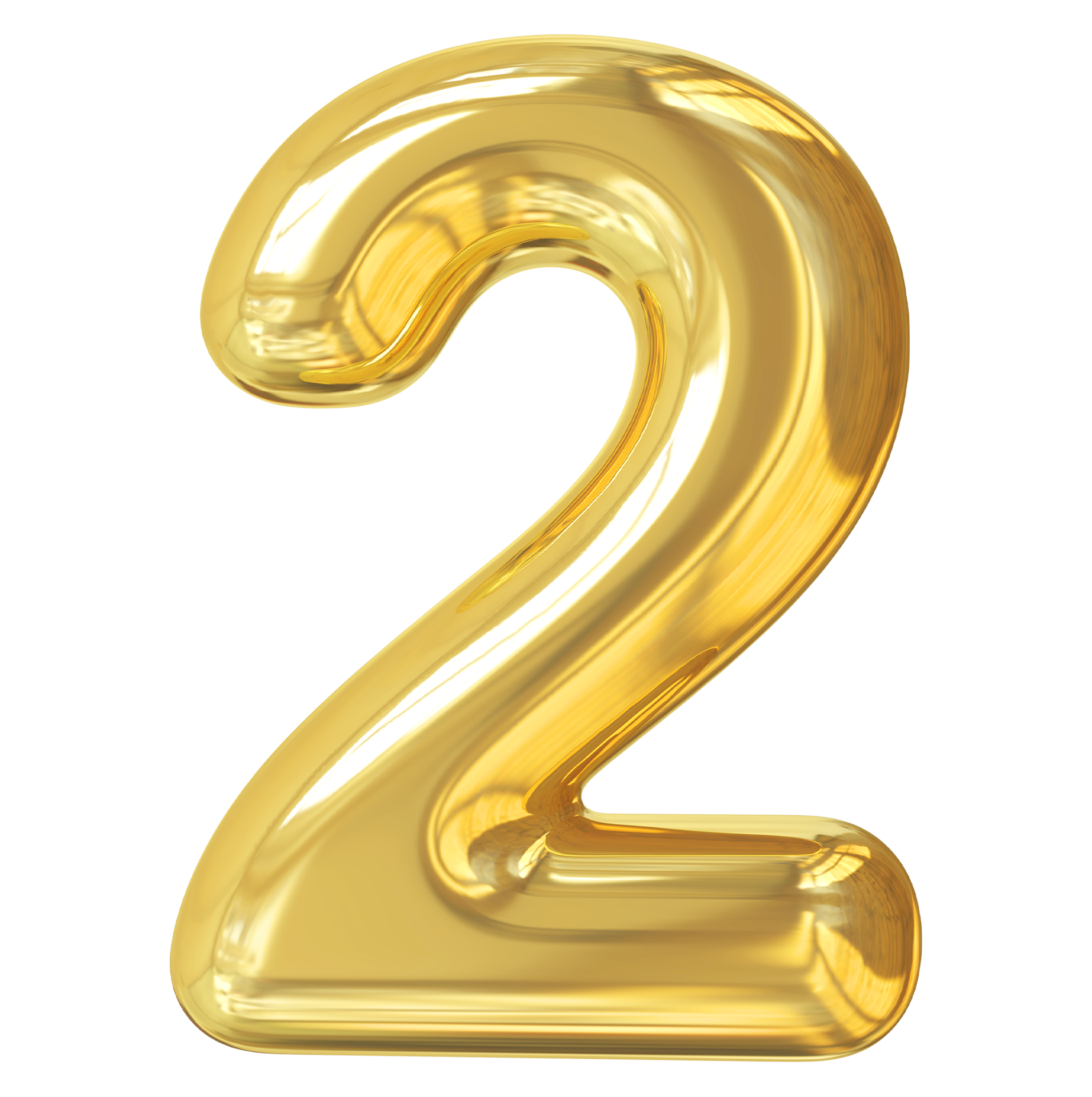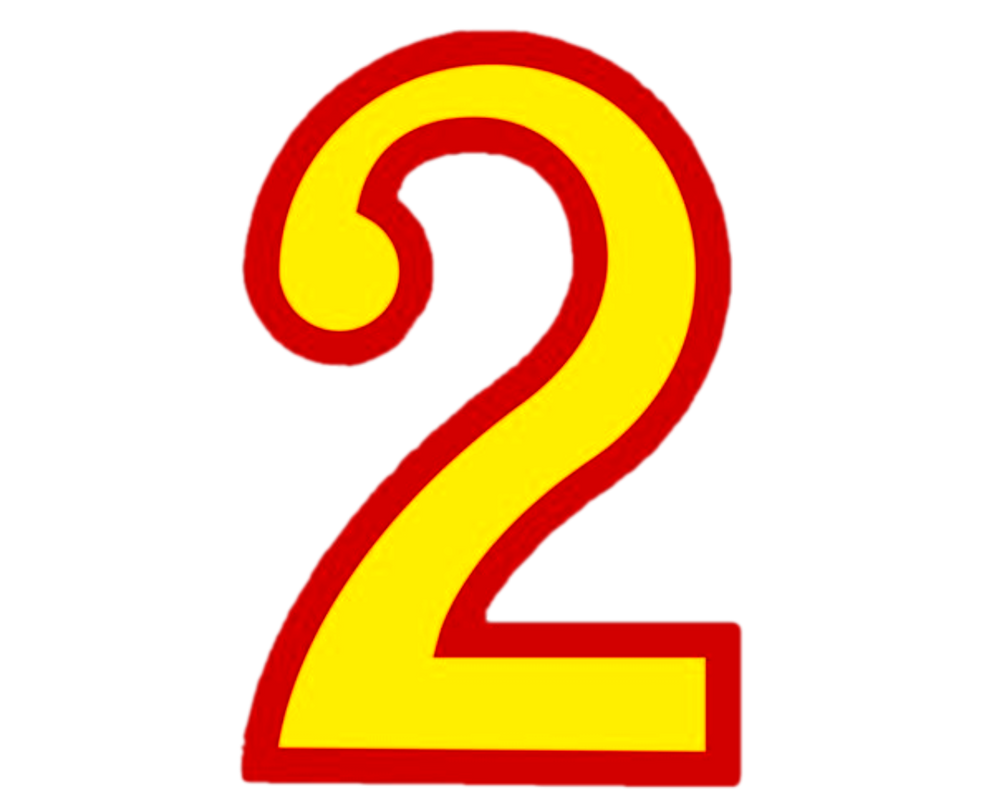Helping young learners get a good grasp of basic math ideas can feel like a big job for parents and teachers. One of the most important things kids pick up early on is the idea of number bonds, especially when they connect to the number 10. These simple pairs of numbers that add up to 10 are a real foundation for all sorts of math skills later on. You know, like how some of the detailed sports columns on "My text" go deep into a topic, this piece aims to give you a thorough look at making number bonds stick for kids.
When we talk about number bonds, we're really talking about the different ways numbers can come together to make a total. For instance, with the number 10, you might think about how 1 and 9 join up, or how 4 and 6 fit. It’s a pretty basic idea, but it helps kids see numbers in a flexible way, which is something they'll use for addition, subtraction, and even more complex math down the road. So, getting comfortable with these pairs is a really helpful step for anyone just starting their math adventure.
Worksheets, in a way, give kids a quiet space to practice these ideas again and again. They offer a structured way for children to see the patterns and remember the pairs. A good "number bonds to 10 worksheet" can make learning this key concept less about memorizing and more about truly seeing how numbers work together. It’s about building that strong base, you know, so everything else in math feels a bit easier to tackle.
Table of Contents
- Why Number Bonds to 10 Are a Big Deal
- What Exactly Are Number Bonds to 10?
- Finding the Best Number Bonds to 10 Worksheet
- Fun Ways to Practice Number Bonds Beyond Worksheets
- Tips for Parents and Educators
- Frequently Asked Questions About Number Bonds to 10
- Bringing It All Together for Math Success
Why Number Bonds to 10 Are a Big Deal
Understanding number bonds to 10 is, in a way, like having a secret math superpower. It helps kids quickly figure out sums and differences without counting on their fingers every time. This speed and confidence can make a huge difference as they move through school. It’s pretty much the bedrock for mental math, which is a skill everyone uses in everyday life, you know?
When a child knows that 7 and 3 make 10, they can then easily see that 10 minus 3 must be 7. This connection between addition and subtraction becomes very clear. It helps them build a strong sense of numbers and how they relate to each other. This foundation is, like, really important for more advanced math topics later on.
So, spending time on these number bonds now can save a lot of struggle later. It prepares them for regrouping in addition and subtraction with bigger numbers. It also helps them with place value concepts. Basically, it makes numbers feel less abstract and more like friends they can play with.
What Exactly Are Number Bonds to 10?
The Core Idea
Number bonds to 10 are simply pairs of numbers that, when added together, give you a total of 10. Think of it like two parts that join up to make a whole. For example, if you have 10 apples, you could have 1 red apple and 9 green apples. Those two amounts, 1 and 9, are a number bond to 10. It’s a pretty simple idea, but it packs a lot of learning.
There are several pairs that make 10. You have 0 and 10, 1 and 9, 2 and 8, 3 and 7, 4 and 6, and 5 and 5. Then, you also have the reverse pairs, like 9 and 1, or 8 and 2. Knowing all these pairs by heart helps kids solve problems much faster. It's almost like having a little math dictionary in their head.
This understanding goes beyond just memorizing facts. It helps children see the relationships between numbers. They begin to understand that numbers can be broken apart and put back together in different ways. This flexibility with numbers is a really valuable thing for their math journey.
Visualizing the Pairs
Seeing these number bonds can make them much clearer for kids. Imagine a group of 10 items, say, 10 small blocks. If you separate them into two piles, one pile might have 3 blocks and the other would have 7 blocks. That’s a visual way to show that 3 and 7 are a number bond to 10. This kind of hands-on approach really helps the idea sink in, you know?
Another way to see it is with a ten-frame. A ten-frame is a grid with two rows of five squares. If you put 4 counters in the frame, kids can easily see there are 6 empty squares left. This shows them that 4 and 6 make 10. Using these sorts of tools can really help children get a picture of the numbers. It makes the abstract idea of adding much more concrete for them.
Drawing pictures can also help. A child could draw 10 circles, then color some of them one color and the rest another color. If they color 2 circles red and 8 circles blue, they can then count to see that 2 and 8 together make 10. These visual methods are pretty effective for cementing the concept.
Finding the Best Number Bonds to 10 Worksheet
What to Look For in a Good Worksheet
When you're searching for a "number bonds to 10 worksheet," you want to find ones that really help your child learn. A good worksheet usually has clear instructions. It should also have a design that isn't too busy, so kids can focus on the math without getting distracted. Simple and clean is usually the way to go.
Look for worksheets that offer a mix of activities. Some might have missing numbers, like "7 + ___ = 10." Others could have circles or pictures for kids to color or count. Worksheets that let children draw or use objects can be very helpful too. Variety, you know, keeps things interesting and helps different types of learners.
Also, it's pretty helpful if the worksheet has a clear answer key. This makes it easy for you to check their work quickly and give them immediate feedback. You want something that supports independent practice but also allows for easy checking. A good worksheet, in a way, guides both the child and the helper.
Types of Worksheets You Might See
There are many kinds of "number bonds to 10 worksheet" options out there. Some are very basic, just asking kids to fill in the missing number. For example, a child might see "4 + ? = 10" and write in the answer. These are great for building that quick recall, you know, that automatic response.
Other worksheets might use visual aids. They could have ten-frames where kids draw dots to complete the bond. Or they might show groups of objects, like balloons or stars, and ask the child to circle the correct number to make 10. These visual ones are really good for kids who learn best by seeing and doing.
You might also find worksheets that are more like puzzles. They could have a set of numbers and ask kids to draw lines connecting the pairs that make 10. Some even include a little story problem to make it more relatable. The key is finding what clicks best with your child’s way of learning. You can learn more about early math concepts on our site, and find additional resources on our dedicated math practice page.
Fun Ways to Practice Number Bonds Beyond Worksheets
Hands-On Activities
While worksheets are good, getting hands-on with number bonds can really make the concept come alive. Use everyday items like buttons, small toys, or even pieces of cereal. Have your child count out 10 items, then split them into two groups. For example, they could put 6 items in one hand and 4 in the other. Then, they say, "6 and 4 make 10!" It’s a very concrete way to see the numbers, you know?
Ten-frames are also a fantastic tool. You can draw one on a piece of paper or find printable versions. Give your child 10 small counters, like pennies or beans. Ask them to put, say, 7 counters on the frame. Then, they can count how many empty spaces are left to figure out what number goes with 7 to make 10. This visual aid is incredibly helpful for understanding the parts that make up the whole.
Another simple idea is to use a number line. Draw a line from 0 to 10. Ask your child to start at a number, say 2, and then jump forward until they reach 10. They can count how many jumps they made to find the missing number. This helps them visualize the distance between numbers and how they combine. It’s a pretty effective way to build number sense.
Games for Learning
Turning number bond practice into a game can make it much more appealing. One simple game is "Make 10 Go Fish." Use a deck of cards, removing face cards and keeping Aces as 1. Deal out cards, and players try to make pairs that add up to 10. If someone has a 3, they ask for a 7. This is a really fun way to practice those pairs without it feeling like work.
Another idea is "Number Bond Memory." Create pairs of cards, where each pair adds up to 10 (e.g., one card has "2" and another has "8"). Lay them face down and have your child flip two at a time, trying to find a match that makes 10. This game helps with memory and quick recall of the number bonds. It’s pretty engaging for young minds.
You can also play "Roll to 10." Use a 10-sided die, or a regular 6-sided die and adjust. Roll the die, and whatever number comes up, your child has to say what number they need to add to it to make 10. So, if they roll a 4, they say "6!" This game is quick, easy, and provides lots of repetition. It's a very simple way to get practice in.
Tips for Parents and Educators
Making Learning Joyful
The most important thing is to keep learning light and positive. Celebrate every little success, even if it's just getting one number bond right. Praise effort, not just correct answers. This helps build confidence and a love for learning. You know, a happy learner is usually a better learner.
Keep practice sessions short and sweet. Young children have short attention spans, so a few minutes of focused practice each day is much better than a long, frustrating session. If they start to get tired or frustrated, take a break. You can always come back to it later. It’s about building a positive relationship with math, after all.
Connect number bonds to real-life situations. When you're setting the table, you might say, "We need 10 plates. We have 6. How many more do we need?" Or when sorting toys, "We have 10 cars. 2 are red, so how many are not red?" These everyday examples make math feel useful and relevant. It’s a pretty natural way to learn.
Common Questions and How to Help
Sometimes, kids might struggle with remembering all the pairs. That's totally normal. Instead of pushing them to just memorize, try going back to the hands-on activities. Let them use counters or draw pictures again. Seeing the numbers physically helps them understand the concept better. It’s about building that deep understanding, you know?
If a child is consistently getting a specific bond wrong, like 7 and 3, focus on that one pair for a bit. Play games just with those numbers. Make it a special challenge. You can even create a little song or rhyme for that particular bond. Sometimes, a little extra attention to a tricky spot can make all the difference.
Also, remember that every child learns at their own pace. What works for one child might not work for another. Be patient and flexible. Keep trying different methods until you find what clicks for your child. Your calm and encouraging presence is, like, the best tool you have. For more general educational insights, you might find resources on a well-known educational resource helpful.
Frequently Asked Questions About Number Bonds to 10
What are number bonds to 10 examples?
Number bonds to 10 are pairs of numbers that add up to 10. For example, 0 and 10 make 10. Another pair is 1 and 9. Then you have 2 and 8, 3 and 7, 4 and 6, and 5 and 5. These are all the different combinations. It’s pretty simple once you get the hang of it, you know?
How do you teach number bonds to 10?
You can teach number bonds to 10 using a mix of methods. Start with hands-on activities using objects like blocks or counters. Show children how to split a group of 10 into two smaller groups. Use visual aids like ten-frames to help them see the numbers. Then, introduce worksheets for practice and play games that involve making 10. It’s about giving them different ways to experience the idea.
Why are number bonds important?
Number bonds are really important because they build a strong foundation for future math skills. They help children develop mental math abilities, making it easier to do addition and subtraction quickly in their heads. They also help kids understand how numbers relate to each other, which is crucial for more complex math operations later on. Basically, they make numbers feel less scary and more like something they can understand and use.
Bringing It All Together for Math Success
Helping kids get a good handle on number bonds to 10 is a really valuable step in their early math education. It’s not just about memorizing facts; it’s about building a deep understanding of how numbers work. By using a good "number bonds to 10 worksheet" alongside fun, hands-on activities and games, you can make this learning experience enjoyable and effective. Keep things positive, celebrate their efforts, and remember that every child moves at their own pace.
This foundational skill will serve them well for years to come, making more advanced math feel much less intimidating. It’s pretty amazing to see kids light up when they finally grasp these connections. So, keep at it, and watch their math confidence grow, you know? It’s a truly rewarding thing to be a part of.



Detail Author:
- Name : Mr. Diego Cassin Sr.
- Username : gleason.clifton
- Email : hackett.isabel@gmail.com
- Birthdate : 1975-10-05
- Address : 84097 Waelchi Summit Suite 678 Destinhaven, AK 30085-9813
- Phone : +14587172433
- Company : Little-Adams
- Job : Radar Technician
- Bio : Illo tempora omnis est nihil. Dolorem ipsam quae odit culpa itaque. Nihil dolor aliquid nemo rerum nihil dolores rerum.
Socials
instagram:
- url : https://instagram.com/zmoore
- username : zmoore
- bio : Impedit recusandae totam provident minima. Aut vitae ut et sequi. Debitis qui hic odit in est.
- followers : 160
- following : 2502
linkedin:
- url : https://linkedin.com/in/zella.moore
- username : zella.moore
- bio : Omnis et et ipsum vel vel et deleniti similique.
- followers : 736
- following : 2553



























